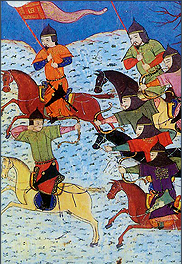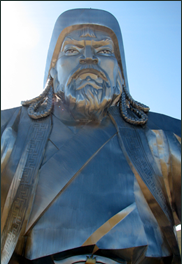

Editors: Michal Biran and Kim Hodong
The Cambridge History of the Mongol Empire studies the Mongol Empire from a holistic point of view, it its full Eurasian context. It scrutinizes the Empire as a multi-faceted phenomenon—one that combined elements from various Asian imperial traditions (particularly steppe, Islamic, Persian, and Sinitic empires)—which has had a broad and enduring impact on world history.
The enterprise includes two volumes: a thematic volume and a volume dedicated to sources for the study of the Empire. Volume One features The Political History of the Mongol Empire; Themathic Histories (inc. institutions, army, economic, artistic and scientific exchanges; ideology, ethnicity; gender); Regional Histories of particular subject regions (e.g. Mongolia, Tibet, Korea, Rus); and External Histories, that explore the Chinggisids’ impact on regions outside their empire’s borders (e.g. Western Europe and the Mediterranean; South Asia (India); Maritime Asia; The Arab Middle East). Volume Two studies the literary, archaeological, and visual sources on the Mongol empire, along with attendant discussions and analysis. The discussion of the literary sources, which comprise the lion’s share of this volume, is arranged according to the most pertinent languages and includes chapters reffering to sources in 16 languages.
The Cambridge History of the Mongol Empire draws on a diverse array of contributors, from Asia, America and Europe in various stages in their careers. The book is expected to be out in 2017.
